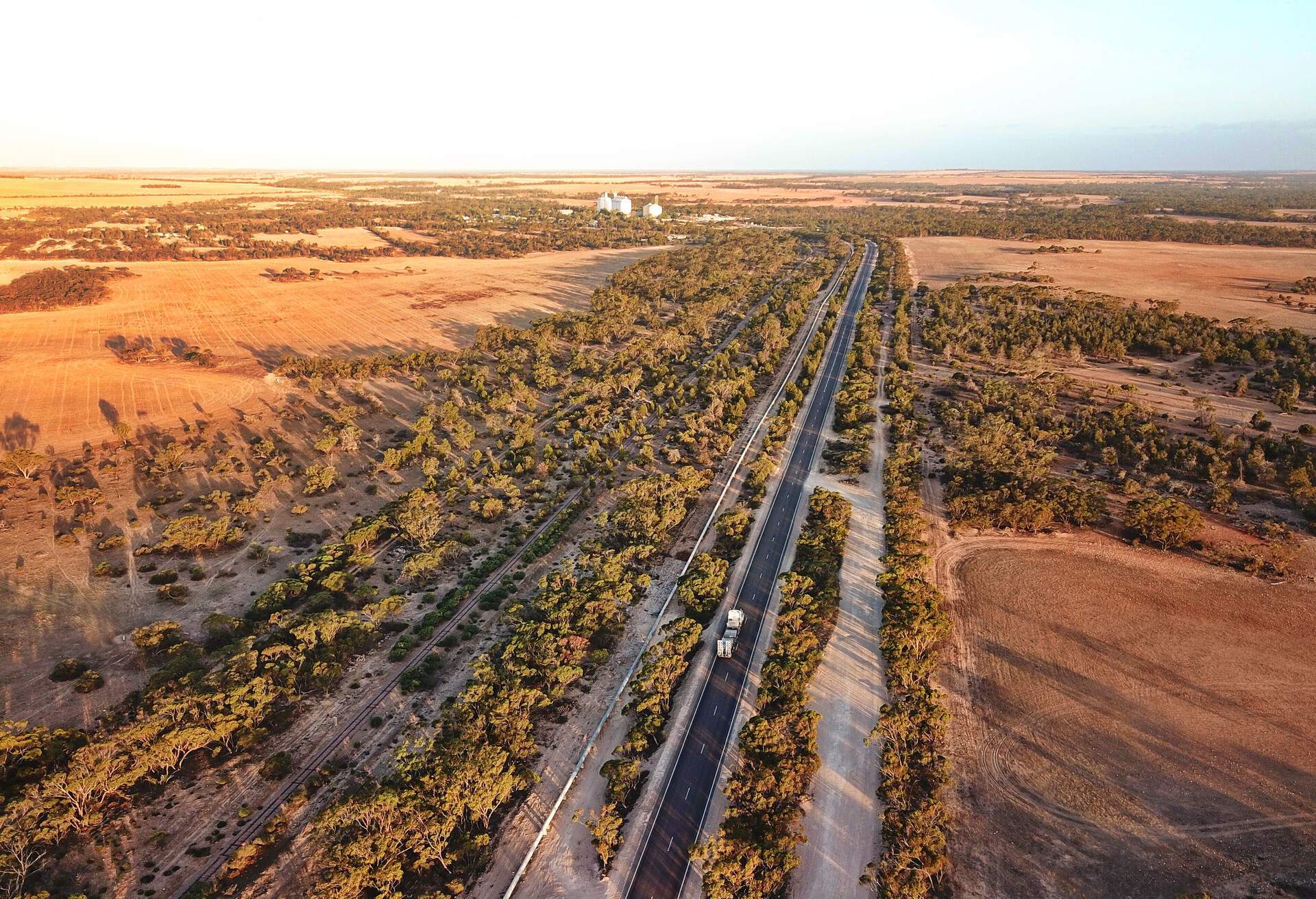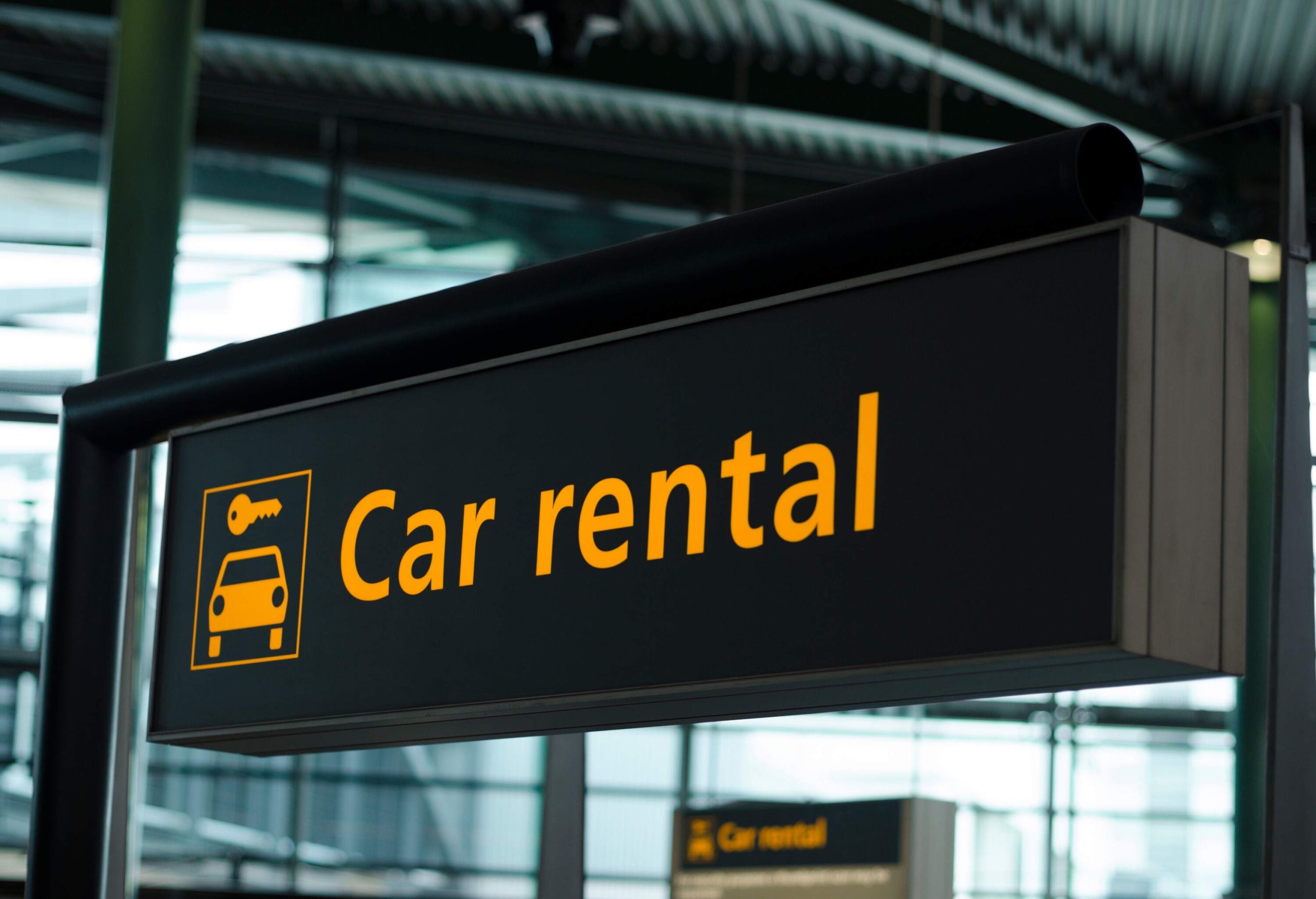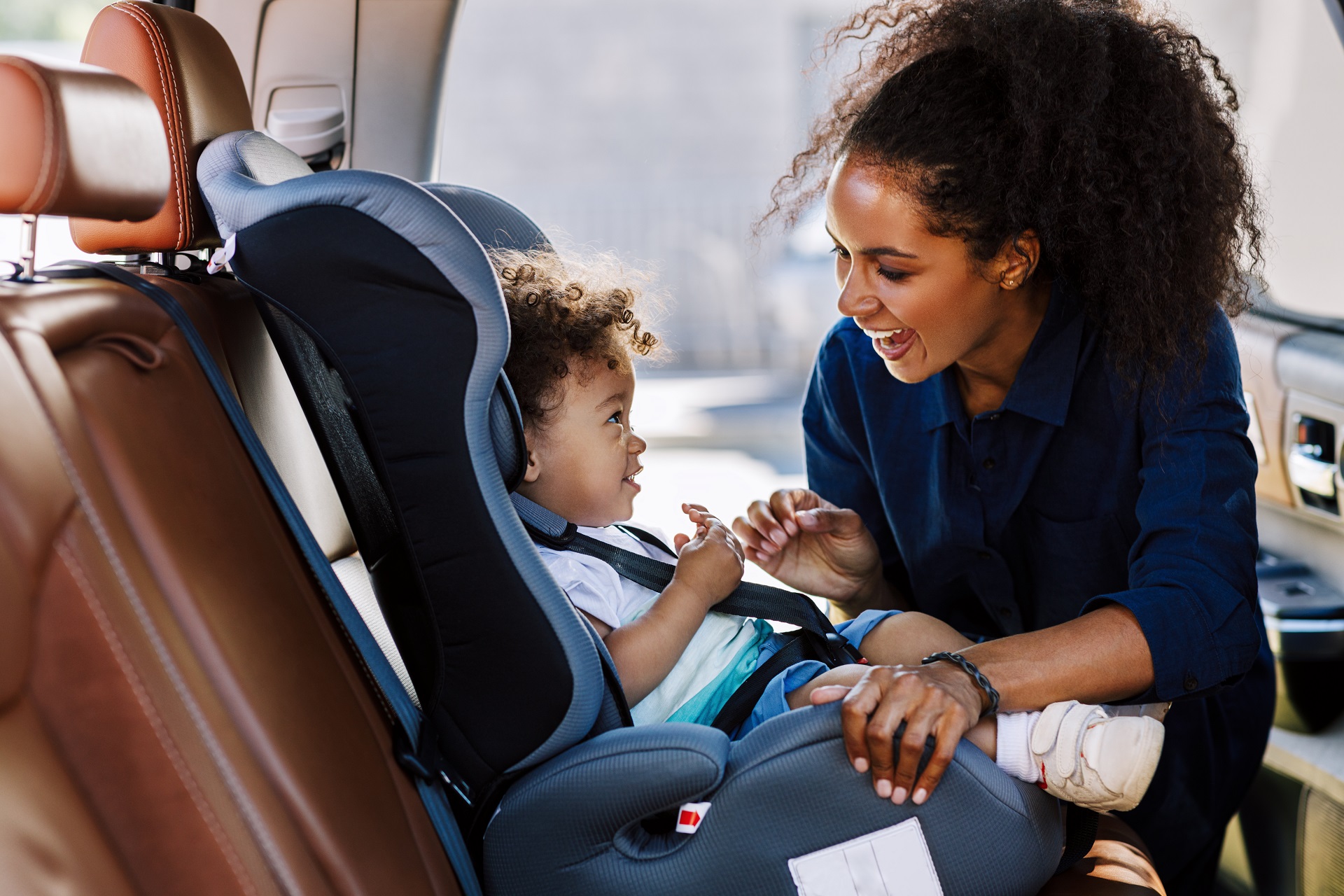Planning on renting a car for your family holiday? Depending on how young your children are, you may need to use child seats. Car seats laws in car rental vary from country to country, so it’s important you know what the booster seat requirements are at your destination. Here’s what you need to know.
What are the booster seat requirements in the US?
If you’ve got young children and a car, you likely know your way around child and booster seats already. The same rules that apply to your own car apply to any car you rent.
Which child seat or booster seat should be used from 0 to 12 years old?
- Children must use a child car seat or booster seat until they’re 12 years old.
- Height-based seats must be rear-facing until your child is over 15 months old. Once older, your child can use a forward-facing child car seat.
- From 1 to 3 years old, your child can use a forward-facing car seat
- Between 4 and 7 years old, depending on the height and the weight of your child, they can use either a forward facing car seat, or a booster seat.
- After 8 years old, depending on the height and the weight of your child, they can either stay in a booster seat, or be seated on the back seat with the seat belt attached at all times.
Find more information about the different child seat and booster seat requirements in the U.S. here.
The rules for children older than 12 years old
Once your child is 12 years old, they can travel in a car without the use of a child or booster seat. As with adults, they must wear a seatbelt at all times no matter if they’re in the front or back of the car. If the driver or passenger is caught without a seatbelt on, they can be fined up to $500 USD. You can learn more about Child Passenger Safety laws through this website.
Do you need a car seat when traveling abroad?
Can you rent a car seat with a rental car? The answer is yes, in fact, it’s almost always required. Luckily, getting a car seat with your rental car is easy.
Almost all countries worldwide require children to use a booster seat in cars, with India a rare exception. While most EU countries and the UK follow the same booster seat requirements and safety standards, there are some notable exceptions.
I’ve listed the countries with major differences in the laws below, but it’s important to check the exact details for the country you’re visiting. If you don’t, you could be driving illegally and, more importantly, putting the safety of your children at risk.
Ireland’s child car seat requirements
In Ireland, the law states that a child must use a booster seat until they are at least 4’11” (150 cm) tall.

Italy’s booster seat requirements
In Italy, the law states that a child must use a booster seat until they are at least 4’11” (150 cm) tall. Every vehicle must also have an integrated safety device that alerts drivers if a child has been left behind in the car seat.
Germany’s child car seat laws
In Germany, the law states that a child must use a booster seat until they are at least 4’11” (150 cm) tall.
Spain’s child car seat laws
In Spain children can’t travel in the front seat of the car until they are 12 years old.
Australia’s child car seat requirements
Any child car seat bought outside Australia won’t meet the Australian standard AS/NZS 1754. They also won’t be compatible with the anchorage system in Australian cars, so you’ll need to rent one there.

US child car booster seat requirements
Child seat laws in the US are set by state. Check before traveling what the legal requirement is for each state you’re driving through with children. UK and EU child car seats aren’t legal in the US, as they’re not compatible with US Federal requirements (FMVSS213). So you’ll need to rent one there.
Renting a booster seat vs. bringing your own
If you’re traveling with just one child, bringing your own booster seat to use in a rental car is a viable option. If you have more than one child, having to travel with multiple child seats can be more hassle than it’s worth. Before considering any of that, you need to make sure your child car seat is compliant with the laws in the country you’re driving in.
Why bring your own booster seat?
- You’ll know exactly how to install the seat properly and safely into the car.
- The seat will be appropriate for your child’s size and weight.
- Your child will be familiar with the seat and so will likely travel more comfortably.
- Only your child will have used the seat, so you’ll know it’s clean and hygienic (well, as clean as a child’s car seat can ever be, anyway).
- You won’t have to pay the car rental company to rent the booster seat, which can get expensive for longer trips.
Why rent a booster seat from a car rental company?
- You’ll know that the seat you’re renting meets child car seat laws for the country or countries you’re driving in.
- You don’t need to carry the booster seat with you on top of all your other luggage traveling to and from the car rental.
- Many car rental companies offer free child seat with car rental for young children, usually under the age of two. Check before you book, as this can represent significant savings, especially for long-term car rental.

How much does it cost to rent a booster seat?
The price of booster seat rental varies from country to country and company to company.
While visiting the UK, I found Thrifty Car Rental was charging £5 ($6) per booster seat per day up to a maximum of £50 ($63) per seat, even if you rent for longer than ten days. On average though, daily prices from the big car rental companies sit between £10 to £13 ($12 to $16). Most impose a maximum fee of anything up to £100 ($127) a month per seat. That cost may be bearable if you have one child, but with more it can quickly get prohibitively expensive.
Prices can change dramatically overseas. From my research, most countries in the EU were comparable or cheaper than the UK. Both the US and Australia were consistently cheaper as well.
Before you book, always speak to the car rental company to ask about child and booster seats. Some will offer very young children seats for free, while others charge differently depending on the type of seat. If you decide to take your seat overseas, make sure it meets child car seat laws of the country you’re visiting.
Top car rental companies that provide a booster seat
You can find reliable car rental companies throughout the US and overseas. These are the companies you’ll find offering them in most countries: Avis, Budget, Enterprise, Europcar, Hertz, Sixt, Thrifty.
Conclusion
If you’re driving with children, there are child car seat laws in almost every country you visit. Beyond the rules, using a child car seat is simply the best way to keep kids safe in the car. Planning in advance and bringing your own seat can save you money. But with different laws in different countries, your child seat may not be legal everywhere, so always check first.
When you rent a car, there are plenty of other things to consider beyond booster seat requirements. From choosing the right car for your needs to the right kind of insurance, KAYAK has guides to help.
Booster seat requirements FAQs
In the US, children must travel in a child car seat, or booster seat, until they’re 12 years old. The same rules apply across most of Europe.
It depends on the country. There are several brands of inflatable car booster seats available that exceed US federal car safety standards (FMVSS213) and UK and European regulations (R44/04). Inflatable booster seats are a great option when traveling as they can be packed down relatively small, but you should always check the local laws at your destination.
In most countries, children can travel in the front seat of a car as long as they’re using the right child or booster seat. If you’re using a rear-facing child seat in the front, you must turn off the airbags. The safest place for a child is the back seat of a car in a rear-facing child seat.


